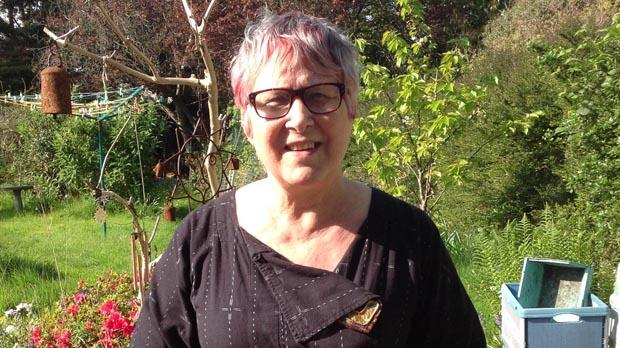
"I was delighted to take part in a clinical trial as it has the potential to really help others in the future.”
This trial compared standard radiotherapy with hyperfractionated radiotherapy (HFRT) for children and young people with medulloblastoma. This trial was supported by Cancer Research UK.
This trial was for children from 4 years old and young people up to and including the age of 21. We use the term 'you' in this summary, but of course if you are a parent, we are referring to your child.
Medulloblastoma is a type of brain tumour called a primitive neuroectodermal tumour (PNET). It grows in the hind brain (the cerebellum). It is the most common malignant brain tumour in children.
In some children, the medulloblastoma does not spread to the rest of the brain or spinal cord. Doctors call this ‘standard risk’. Treatment for standard risk medulloblastoma includes surgery to remove as much of the cancer as possible. But there may be cancer cells left behind. So children have radiotherapy and chemotherapy after surgery.
This trial tried to find the best way of giving radiotherapy to children with medulloblastoma. It compared the standard treatment of daily radiotherapy with hyperfractionated radiotherapy (HFRT). Children had HFRT twice a day instead of once. They had smaller doses, but the dose of radiotherapy overall was bigger. The researchers thought HFRT may kill more cancer cells than standard radiotherapy. The aim of the trial was to find out which method
The trial team found that hyperfractionated radiotherapy (HFRT) was no better than standard radiotherapy as part of treatment for medulloblastoma.
This was an international phase 3 trial. It was a randomised trial. Of the 340 children and young adults recruited, 338 were put into 1 of 2 groups. 169 had HFRT and 169 had standard radiotherapy.
After an average follow up of 5 years, the researchers looked at the overall number of children still alive. For those who had standard radiotherapy it was 87 out of every 100 children (87%) and those who had HFRT it was 85 out of every 100 children (85%).
They also looked at the number of children who had no sign of their cancer after 5 years. For those who had standard radiotherapy, it was 77 out of every 100 children (77%) and for those who had HFRT it was 78 out of every 100 children (78%).
The researchers didn’t find any significant difference between the side effects of the 2 treatments.
The researchers concluded that hyperfractionated radiotherapy was no better than standard radiotherapy as part of treatment for medulloblastoma.
We have based this summary on information from the team who ran the trial. The information they sent us has been reviewed by independent specialists ( ) and published in a medical journal. The figures we quote above were provided by the trial team. We have not analysed the data ourselves.
) and published in a medical journal. The figures we quote above were provided by the trial team. We have not analysed the data ourselves.
Please note: In order to join a trial you will need to discuss it with your doctor, unless otherwise specified.
Prof Barry Pizer
Cancer Research UK
Cancer Research UK Children's Cancer Trials Team
University of Birmingham
National Institute for Health Research Cancer Research Network (NCRN)
This is Cancer Research UK trial number CRUK/03/012.
If you have questions about the trial please contact our cancer information nurses
Freephone 0808 800 4040

"I was delighted to take part in a clinical trial as it has the potential to really help others in the future.”